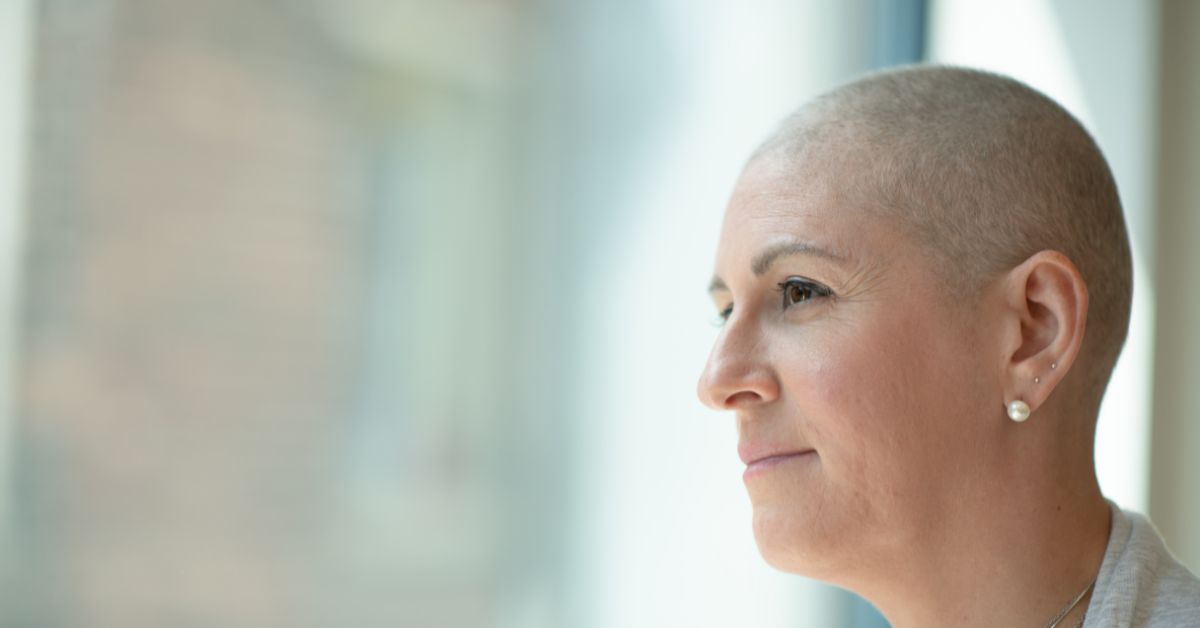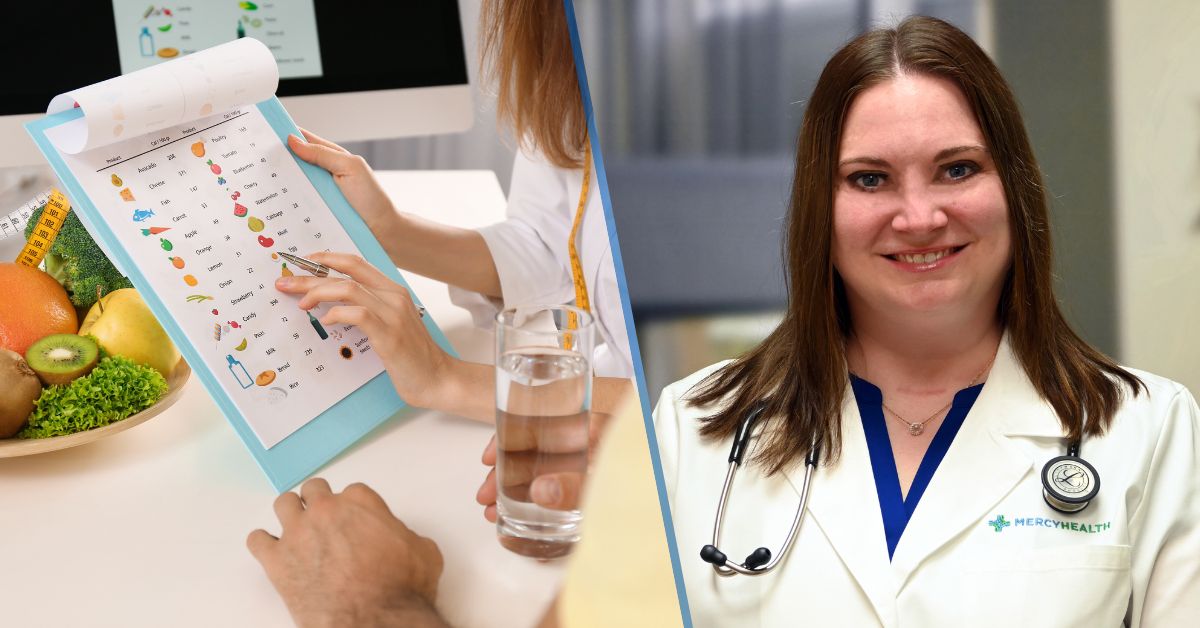Spider and varicose veins – what’s the difference?
Spider and varicose veins are both usually found in the legs, but the most common are spider veins. Spider veins are thin, and often tiny, blue or purple veins that you can visibly see through the skin. They don’t cause pain or discomfort, and they typically don’t have serious health complications.
Varicose veins are thicker veins that you can see bulging near the skin, with a darker red or purple color that isn’t as prominent. Symptoms like a heavy feeling in the legs, throbbing, leg swelling, itching or pain can accompany varicose veins, and could indicate a more serious circulation issue.
What causes spider and varicose veins
Our veins help blow flow through the body, but if the valves in your veins don’t close all the way, the blood doesn’t flow properly and can pool in the vein. Since it’s more difficult for the veins in your lower body to push blood back up to the heart, blood flow is commonly affected in leg veins, resulting in the appearance of spider and varicose veins.
In some cases, spider and varicose veins are hereditary, so you might already be predisposed to developing them. They also become more common with age.
Ways to prevent or reduce spider and varicose veins
Extra weight will cause increased pressure on your veins, resulting in poor blood flow. Maintaining a healthy weight can reduce this pressure and your chances of developing spider veins or varicose veins. Gaining weight while pregnant will add this same pressure to the leg veins, plus increased hormones is thought to affect vein strength, which can lead to spider and varicose veins during pregnancy.
Sitting or standing in the same position for long periods of time can reduce blood flow, especially in your legs. If you’re typically sitting at a desk all day, try standing up every 30-60 minutes to stretch your legs. Or, if you work in a setting that requires you to be on your feet, try to sit down and rest when you can. At home, you can elevate your legs to improve the blood flow. Exercise also greatly improves the blood flow in your veins.
How to get rid of spider and varicose veins
There are many cosmetic treatments to improve the appearance of spider veins and varicose veins. However, they don’t necessarily guarantee that you won’t have more venous issues down the road. Most of these procedures, especially cosmetic treatment, may only provide temporary improvement and could require more than one treatment.
Sclerotherapy and laser treatment use either injections or high-intensity light beams to close the visible veins, forcing blood to flow through healthier leg veins. These procedures are performed in an office by a dermatologist or vascular specialist and don’t require any local numbing or anesthesia.
For more serious cases, mostly with varicose veins, a vascular surgeon can perform minimally-invasive procedures to close off or remove the affected veins. In endovenous procedures, a catheter is inserted into the veins, giving more direct access to close the veins with heat or laser ablation. Phlebectomies actually remove these veins, through tiny incisions in the skin. These are outpatient procedures, so they don’t require a hospital stay, but will involve a local anesthetic.
Following these treatments, you may have to wear compression stockings, which are thick, pantyhose-like socks or leggings that help push the blood in the legs back to your heart. These can also be effective in reducing spider veins and varicose veins even without medical or surgical treatment.
To learn more about spider or varicose veins and the treatments available, visit mercy.com or make an appointment with a Mercy Health provider. Our team is here for you every step of the way.






